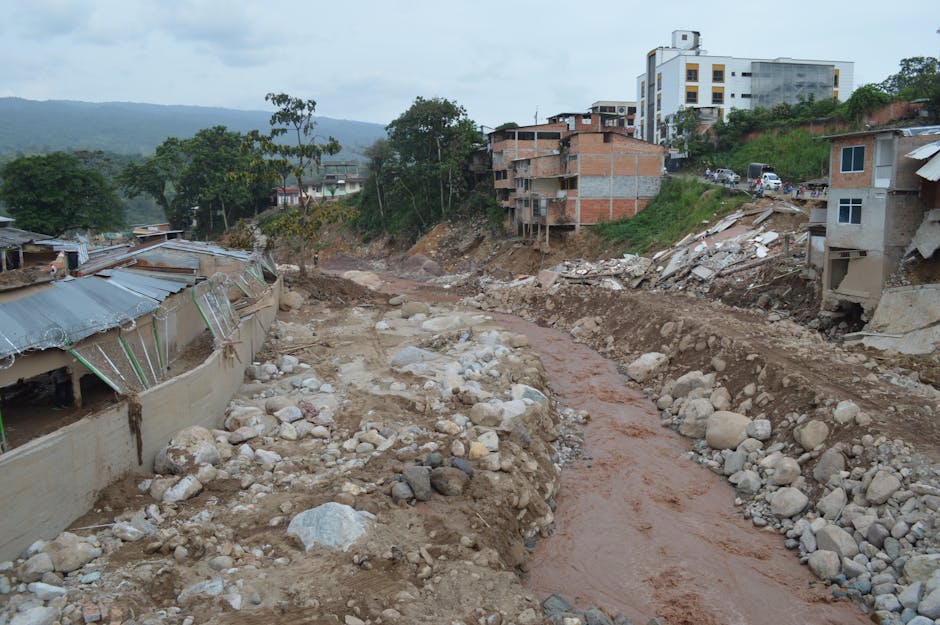Prepping for Natural Disasters: Earthquakes, Hurricanes, and Floods

Prepping for Natural Disasters: Earthquakes, Hurricanes, and Floods
Table of Contents
1. Understanding Natural Disasters
2. Preparing for Earthquakes
3. Preparing for Hurricanes
4. Preparing for Floods
5. Building an Emergency Kit
6. Creating a Family Disaster Plan
7. Protecting Your Home
8. Staying Informed
9. Conclusion
Understanding Natural Disasters
Natural disasters can strike at any time, often without warning. They can cause widespread destruction and put lives at risk. Being prepared is the best way to ensure your safety and the safety of your loved ones. This article will guide you through the steps you need to take to prepare for earthquakes, hurricanes, and floods.
Preparing for Earthquakes
Earthquakes can happen anywhere, but they are most common along fault lines. To prepare for an earthquake:
– Secure heavy furniture to walls to prevent tipping.
– Practice “Drop, Cover, and Hold On” drills with your family.
– Identify safe spots in each room, such as under sturdy furniture.
– Keep a pair of sturdy shoes and a flashlight near your bed.
Preparing for Hurricanes
Hurricanes bring strong winds, heavy rain, and storm surges. To prepare for a hurricane:
– Install storm shutters or board up windows.
– Trim trees and shrubs to minimize damage from broken branches.
– Know your evacuation routes and have a plan in place.
– Store important documents in a waterproof container.
Preparing for Floods
Floods can result from heavy rains, storm surges, or dam failures. To prepare for a flood:
– Know if you live in a flood-prone area.
– Elevate electrical panels, appliances, and heating systems.
– Install check valves in plumbing to prevent backflow.
– Have sandbags on hand to divert water away from your home.
Building an Emergency Kit
An emergency kit is essential for any natural disaster. Your kit should include:
– Water (one gallon per person per day for at least three days)
– Non-perishable food (three-day supply)
– Battery-powered or hand-crank radio
– Flashlight and extra batteries
– First aid kit
– Whistle to signal for help
Creating a Family Disaster Plan
A family disaster plan ensures everyone knows what to do and where to go during a disaster. Your plan should include:
– A designated meeting place outside your home.
– Contact information for each family member.
– A list of emergency contacts, including local authorities.
– An out-of-town contact to check in with if local lines are down.
Protecting Your Home
Taking steps to protect your home can minimize damage during a natural disaster. Consider:
– Reinforcing your roof and foundation.
– Installing backflow valves in your plumbing system.
– Elevating utilities and appliances above potential flood levels.
– Reviewing your insurance coverage for natural disasters.
Staying Informed
Staying informed before, during, and after a natural disaster is crucial. Make sure to:
– Sign up for local emergency alerts.
– Monitor weather reports and warnings.
– Follow instructions from local authorities.
– Have a battery-powered or hand-crank radio for updates if the power goes out.
Conclusion
Preparing for natural disasters is a vital step in ensuring the safety of yourself and your loved ones. By understanding the risks, building an emergency kit, creating a family disaster plan, and taking steps to protect your home, you can be ready for earthquakes, hurricanes, and floods. Stay informed and always follow the guidance of local authorities during any disaster. Your preparedness can make all the difference when disaster strikes.